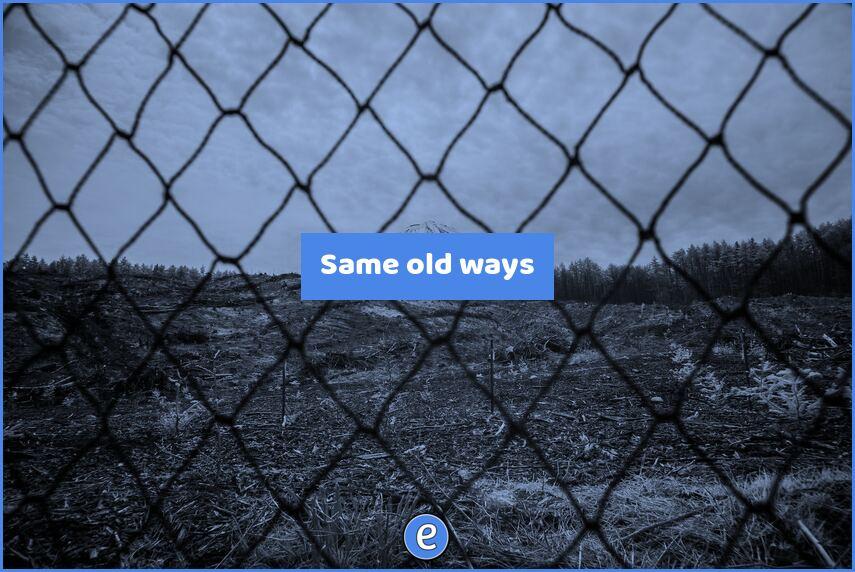Extrinsic rewards are not the best way to motivate students
“Rewards are constellations of attributes, and firms should focus more on the motivational effects of the attributes associated with a reward rather than the reward type itself,” Presslee said. “Results confirmed that each of these attributes – individually and in combination – increases employee effort and performance.”
Extrinsic rewards are often used in an attempt to motivate students. However, research has shown that while they may work at first, extrinsic rewards eventually have to get larger and larger in order to be effective. This can be costly and is not sustainable in the long run.
On the other hand, intrinsic motivation can help students succeed in the classroom. Intrinsic motivation comes from within oneself and is driven by a desire to do something for its own sake, not for external rewards. Intrinsic motivation has been shown to be more effective and sustainable than extrinsic motivation.
What is extrinsic and intrinsic motivation?
Extrinsic motivation comes from external factors such as rewards or punishments. Intrinsic motivation, on the other hand, comes from within oneself and is driven by a desire to do something for its own sake, not for external rewards.
How has intrinsic motivation been shown to be effective?
There are a number of ways intrinsic motivation can help students in the classroom:
1. intrinsic motivation leads to greater levels of persistence, as students are more likely to stick with a task that they are intrinsically motivated to do.
2. intrinsic motivation leads to better quality work, as students put more effort into tasks that they are intrinsically motivated to do.
3. intrinsic motivation leads to deeper learning, as students are more likely to understand and remember information if they are intrinsically motivated to learn it.
4. intrinsic motivation is contagious, so when one student is intrinsically motivated, it can lead to other students in the class becoming intrinsically motivated as well.
What are some ways to intrinsic motivate students?
There are a number of things that teachers can do to intrinsic motivate students:
1. Make the material interesting: If the material is interesting, students will be more likely to be intrinsic motivators.
2. Allow for choice: Giving students choices in what they learn and how they learn it can intrinsic motivation.
3. Provide opportunities for mastery: When students feel like they are good at something, they are more likely to be intrinsic motivating.
4. Foster a sense of belonging: When students feel like they are part of a class or school community, they are more likely to be intrinsic motivated.
5. Encourage social interaction: Social interaction can help intrinsic motivation by providing opportunities for mastery, belonging
How have you motivated your students? What things do you do to foster intrinsic motivators? Let us know in the comments!






